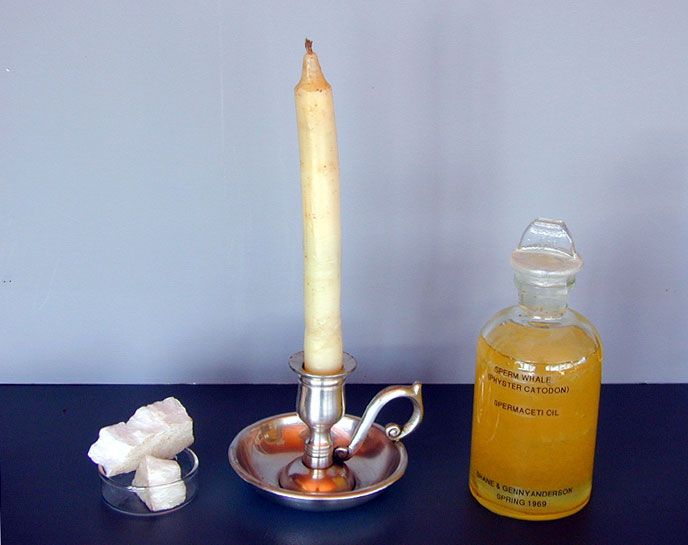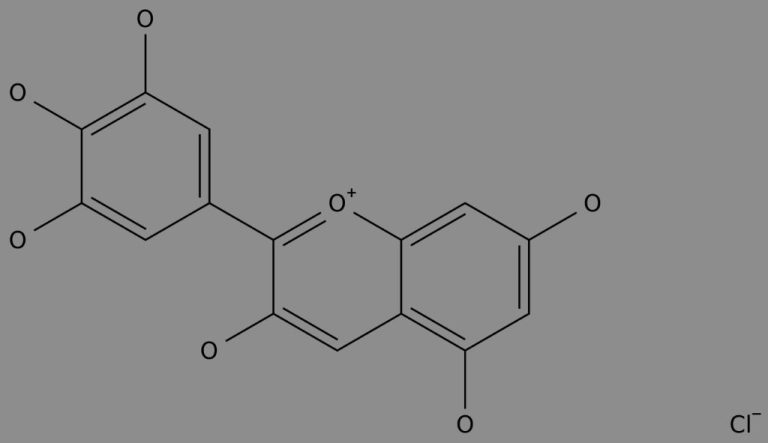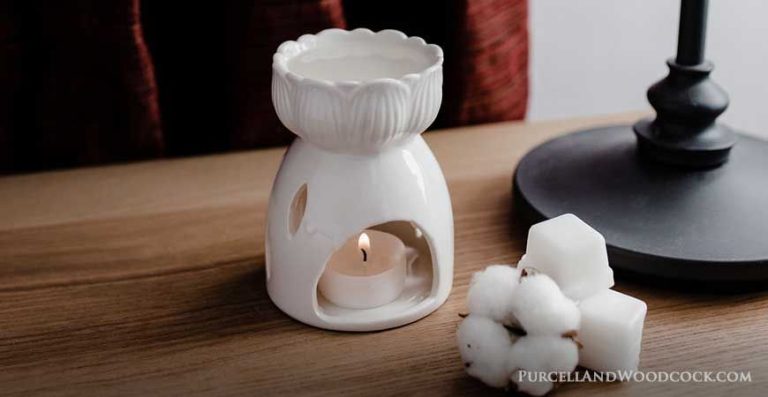What Wax Has The Highest Fragrance Load?
What is Fragrance Load?
Fragrance load refers to the maximum amount of fragrance oil that can be added to wax before the quality of the candle or wax melt is compromised. It is expressed as a percentage of the wax weight. For example, if a wax has a 10% fragrance load, then for every 100 grams of that wax, you can add up to 10 grams of fragrance oil.
Fragrance load is important for achieving sufficient scent throw in candles and wax melts. If the fragrance load is too low, the fragrance may not be strong enough when burning the candle or melting the wax. However, exceeding the recommended fragrance load can also cause issues like wet spots, frosting, oil rings, and scent fading.
Most candle waxes have a fragrance load between 5-15%. Beeswax and paraffin wax tend to have lower fragrance loads around 5-8%, while soy wax and other vegetable waxes can hold more fragrance, with loads of 10-15% 1.
Factors That Affect Fragrance Load
There are several key factors that impact how much fragrance oil a candle can hold:
Wax Type – The type of wax used affects fragrance load. For example, paraffin wax can hold more fragrance oil than soy wax. Gel wax also allows for very high fragrance loads. Source
Wax Quality – Higher quality waxes tend to allow for higher fragrance loads than lower quality waxes. This is because higher quality waxes are more refined and have fewer impurities that can interfere with fragrance retention. Source
Fragrance Oil Quality – High quality fragrance oils that are formulated for candle making will provide stronger scent throw than fragrance oils not designed for candles. Synthetic fragrance oils also tend to have better throw than natural essential oils.
Wick Size – The width of the wick can impact hot throw. A wick that is too small for the diameter of the candle will not allow the candle to reach its ideal melt pool temperature and will produce less scent.
Waxes With High Fragrance Loads

Certain types of wax are able to hold more fragrance oil than others. Waxes with high fragrance loads include:
Paraffin Wax
Paraffin wax, made from petroleum, is able to hold a lot of fragrance oil, with loads ranging from 10-12% (https://www.theflamingcandle.com/what-does-the-maximum-fragrance-load-or-fragrance-of-a-wax-mean/). This gives candles made from paraffin wax a strong scent throw. However, paraffin wax produces more soot than natural waxes when burning.
Soy Wax
Soy wax, made from soybeans, has a lower fragrance load than paraffin, ranging from 6-7%. However, soy wax is a renewable and environmentally-friendly option. Specific soy wax blends optimized for fragrance can reach up to 10% fragrance load.
Beeswax
Pure beeswax has a fragrance load of 3-5%. It has a natural honey aroma that can complement other scents. Beeswax is often blended with other waxes to increase fragrance load.
Gel Wax
Gel waxes are able to hold a very high level of fragrance oil, up to 15% in some cases. This allows gel wax candles to be very strongly scented. However, gel waxes can be prone to sweating in warmer environments.
Paraffin Wax
Paraffin wax is a petroleum-based wax made from refining crude oil. It is commonly used in candle making and has a high fragrance load capacity. According to Lone Star Candle Supply, paraffin wax can accommodate 6-8% fragrance load, and some proprietary blends allow up to 10-12%. The Flaming Candle notes that straight paraffin wax has a lower fragrance load around 3% without additives. The petroleum base allows paraffin wax to hold more oil-based fragrances.
Some key facts about paraffin wax:
- Petroleum-based
- Typically has 10-12% max fragrance load
- Can hold more oil-based fragrances
- Requires proprietary additives to reach max capacity
- Affordable and readily available
With the right proprietary additives and blending, paraffin wax can achieve very high fragrance loads. Its petroleum base makes it ideal for oil-based scents.
Soy Wax
Soy wax is made from soybeans and is a popular candle wax due to its affordable price and performance. Soy wax typically holds a fragrance oil load between 6-8% according to manufacturers like Candle Soylutions.
The natural structure of soy wax allows it to hold fragrances well without becoming overpowering. A standard fragrance load is 1 oz of fragrance oil per pound of soy wax, which equals 6-7% (Brambleberry).
Soy wax is known for letting fragrance throw effectively across a room without being overpowering. The 6-8% fragrance load provides ample scent while allowing the wax’s natural properties to shine.
Beeswax
Beeswax is a natural wax made by honeybees. Beeswax has a sweet, honey-like scent and is known for its natural properties. When used for candle making, beeswax has some key characteristics:
Beeswax typically has a lower fragrance load than other waxes. The recommended fragrance load for beeswax candles is around 3-5%. Any more than that and the scent notes can become muddled or muted. The natural honey scent of beeswax can also overpower some fragrances if the fragrance load is too high. The lower fragrance load helps maintain the aromatic properties of beeswax itself.
Beeswax should be heated to 185°F before adding fragrance oil. After adding the fragrance, the wax can be cooled to 175°F before pouring the candles. Gentle stirring for 2 minutes after adding the fragrance will help incorporate it evenly into the wax.
Some of the best scents for beeswax candles are lighter, floral scents like jasmine and lavender. Spices like cinnamon and clove also pair nicely with the natural scent of beeswax. Stronger fragrances may need higher fragrance loads to come through.
When working with beeswax, less is often more when it comes to fragrance. Keeping the fragrance load on the lower side helps strike the right balance between the aromatic qualities of the beeswax and the added fragrance.
Gel Wax
Gel wax is a mineral oil-based candle wax that can hold very high fragrance loads compared to other waxes. Gel wax typically has a fragrance load between 18-22%, which is significantly higher than paraffin (5-7%), soy (6-7%), or beeswax (3-5%). The high oil content allows more fragrance oil to bind to the wax before becoming saturated. This results in very strong scent throw from gel wax candles.
According to Penreco High Density Gel, their gel wax can hold 5-7% fragrance load. Other brands like CandleScience claim their gel wax can hold up to 22% fragrance. The exact load depends on the gel wax formulation.
The high fragrance capacity makes gel wax ideal for highly scented candles. However, wicks may need to be longer to prevent sooting since fragrance oils can clog wicks.
How to Increase Fragrance Load
There are several ways to increase the fragrance load of a candle while maintaining an optimal burn. According to The Flaming Candle Co. in “How Can I Get A Strong Scent Throw?”, using quality fragrance oils designed for candle making is key. The purity and strength of the fragrance oil directly impacts hot throw. Opting for fragrance oils from reputable suppliers known for their strong scents is recommended.
Another method is increasing the wax to oil ratio as high as the wax can support before getting issues with wet spots, according to CandleScience in “Candle Making 101: Hot Throw”. The type of wax used determines the maximum oil load, with soy generally holding more oil than paraffin. Going above 10-12% with soy wax or 6-8% with paraffin is not recommended. Finding the optimal ratio for a specific wax type and fragrance oil through testing is ideal.
Using the proper wick for the wax and vessel is also critical for allowing the candle to reach the ideal temperature range to release fragrance. Wicks that are too small will not let the candle reach a hot enough temperature. Testing wicks to find the best performance for the wax, fragrance load, and vessel dimensions helps maximize fragrance release.
Downsides of High Fragrance Loads
While increasing fragrance load may seem like the best way to make strongly scented candles, there are some downsides to be aware of:
High fragrance loads can irritate senses. Too much fragrance oil in a candle can cause headaches, nausea, and other negative physical reactions in some people, especially in small enclosed spaces. It’s best to use the minimum amount needed for sufficient scent throw.
Candles with very high fragrance loads may not burn cleanly. The excess oil can clog the wick, prevent the wax from pooling properly, or create more soot. This worsens burn performance and creates messy residue on surfaces.
Using large amounts of fragrance increases costs. Fragrance oils are often the most expensive candle-making supply. Loading wax heavily could make production much less profitable.
Recommendations for Fragrance Load
The recommended fragrance load for most candle waxes falls between 8-12% of the total candle weight. This range allows for sufficient fragrance intensity without being overpowering. According to Scandinavian Candle, a fragrance load between 5-10% is ideal for soy wax candles specifically [1]. The Crafty Base Candle Fragrance Load Calculator also cites 10% as the maximum recommended for soy [2].
When choosing your ideal fragrance load percentage, consider the size of the room where the candle will be burned and personal scent preferences. A small room may only need an 8% fragrance load, while a large open space could handle a full 12% without becoming overwhelming. Test different percentages to find the optimal balance for your unique needs.





